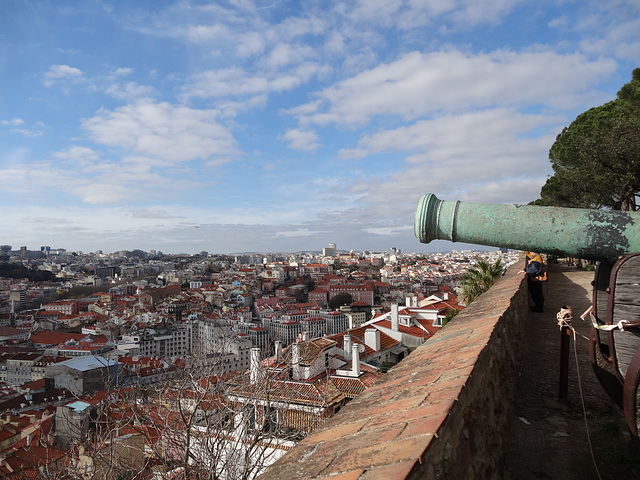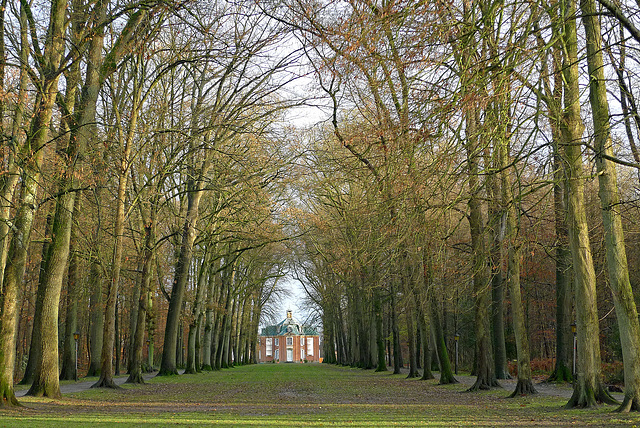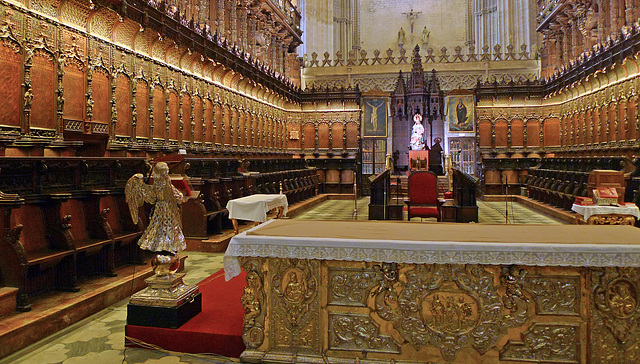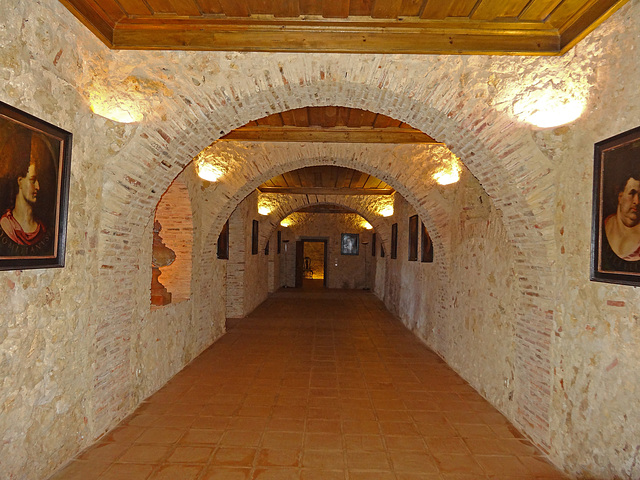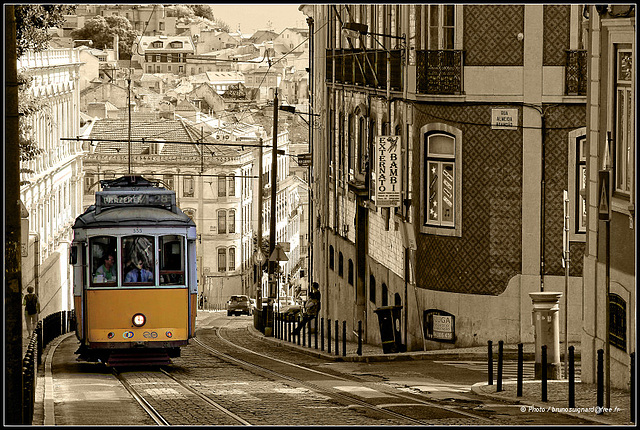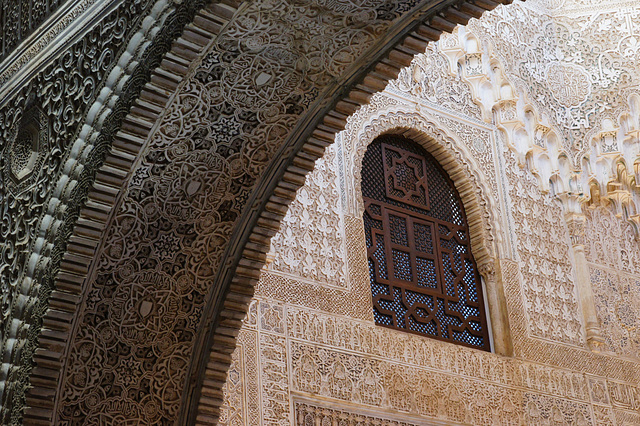Rui Fonseca's favorite photos
Germany - Sögel, Clemenswerth Castle
Clemenswerth Castle (Schloss Clemenswerth) was erected as a hunting lodge for Elector Clemens August I of Bavaria. It was built between 1737 and 1747 in baroque style. The complex consists of a main building (which was only used by the elector), surrounding lodges for guests, a chapel (PiP’s) with monastery and a large kitchen.
Clemenswerth (meaning Island of Clemens) is the only remaining star-shaped hunting complex in the world and is considered being one of the most unique castles in Germany. The buildings are surrounded by a baroque garden with flowerbeds, hedges and avenues with imposing trees.
Nowadays 18th century Clemenswerth Castle houses the Emslandmuseum and numerous events take place in the buildings and grounds.
Spain - La Catedral de Sevilla
‘La Catedral de Sevilla’ (or ofiicially‘Catedral de Santa María de la Sede’) has a lenght of 126 metres and a width of 83 metres. Its maximum height in the centre of the transept is 37 metres. The total surface of the building is 23.500 square metres. Measured by area Seville Cathedral is the largest Gothic cathedral and the third-largest church all over the world.
The cathedral is built on the site of Seville’s main mosque. This Almohad Mosque was consecrated as a cathedral in the year of 1248. The construction of thee Gothic cathedral began in 1434 and was finished early 16th century. Seville's cathedral was built to demonstrate the power and wealth of the city after the Reconquista.
The huge interior of the cathedral, with a central nave and four side aisles, is richly decorated. It also contains the tomb of Christopher Columbus. In the center of the church is the choir (main picture), which has elaborate 15th-century choir stalls.
Seville Cathedral was designated a World Heritage Site by UNESCO in 1987.
Spain - Sevilla, Real Alcázar
The Real Alcázar de Sevilla (Royal Alcázar of Seville) was originally a Moorish fort. The palace is renowned as one of the most beautiful in Spain and is the oldest royal palace still in use in Europe, being used by King Juan Carlos when he visits Seville. The Real Alcazár was declared a World Heritage Site by UNESCO in 1987.
The Real Alcázar is built on the site of a Roman fort. The first Caliph of Andalusia ordered in the 10th century the construction of a castle, which later changed into a fortified palace. When Ferdinand III of Castile regained the city on the Moors in 1248, the Alcazar became the royal palace. Most of the present buildings were constructed after 1364, when King Pedro the Cruel commissioned the construction of a new palace
The numerous rooms, patios and halls vary in architectural styles in the mudejar style, but it has also islamic, gothic, renaissance, baroque and neoclassical elements.
Picture(s): the Patio de las Doncellas (Patio of the Maidens) is the main courtyard of the palace. This was the center of public life in the palace. The patio is named after the ladies (doncellas) who spent much of their time here.
Spain - Córdoba, Mezquita
Construction of the Great Mosque of Córdoba started in 798 by Abd al-Rahman I. The building is considered being the most beautiful expression of Islamic art in Spain. It was the place of worship for the rulers of the western Islamic empire Al-Andalus. The so called Mezquita is a jewel of Hispano-Islamic art with its 850 columns, double arches and Byzantine mosaics.
In the year of 1236 Córdoba was conquered by Fernando III and the mosque was consecrated as a cathedral. The cathedral canons ordered in 1523 the center of the mosque pulled down to make way for a gothic transept and apse, later embellished with renaissance decorations and in the mid-18th century baroque choir stalls and pulpits.
Spain - Andalusia, Vejer de la Frontera
Plaza de España - the main square - with a colourful tiled fountain, featuring four frogs.
The square is dating back to 16th century, when the town grew beyond its walls. During the 16th and 17th centuries, it was used for watching bull fights. In 1957 the fountain was built in the centre of the square, made of hand painted Sevillian tiles. Since then this square is popularly known as ‘Plaza de los Pescaítos’.
Tram 28 Lisboa
Details et en Grand en passant la souris
Le Tramway nº 28 est la ligne la plus pittoresque du réseau de Lisbonne. Elle part de la place Martim Moniz, passe par un labyrinthe de ruelles étroites et cachées, de côtes... Ce moyen de transport est devenu une véritable attraction touristique, pour le charme et la nostalgie qu'il dégage.
Vous pourrez vous arrêter à la Plaza de Graça et découvrir à pied le joli quartier de Mouraria. Pouquoi ne pas aller jusqu'au Mirador de Graça qui offre une belle vue sur la ville. En continuant un peu le trajet du Tramway 28, vous passerez par le Panthéon Royal, l'Eglise Sant Vincente de Fora et le célèbre Marché de Ladra, Feria da Ladra. Il se tient tous les jours du mardi au samedi et est un des plus typiques de Lisbonne. Le Tramway continue enfin son trajet vers le Mirador das Portas do Sol, dans le quartier d'Alfama. C'est un des meilleurs points de vue sur le dédalle de ruelles de la vieille ville de Lisbonne.
Ville construite sur sept collines, le Mirador de Santa Luzia est un des mieux décorés avec ses mosaïques traditionnelles. Enfin, vous terminerez votre trajet par le Château de San Jorge, terminus de la ligne 28.
........................................................................... ♫♪ MARIZA :Maria Lisboa
Jump to top
RSS feed- Latest favorites - Subscribe to the favorite docs of Rui Fonseca
- ipernity © 2007-2024
- Help & Contact
|
Club news
|
About ipernity
|
History |
ipernity Club & Prices |
Guide of good conduct
Donate | Group guidelines | Privacy policy | Terms of use | Statutes | In memoria -
Facebook
Twitter

